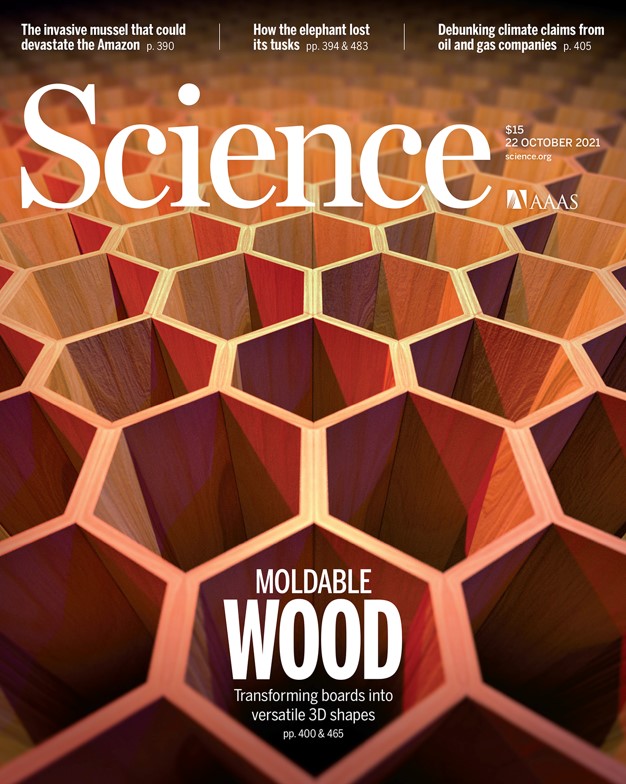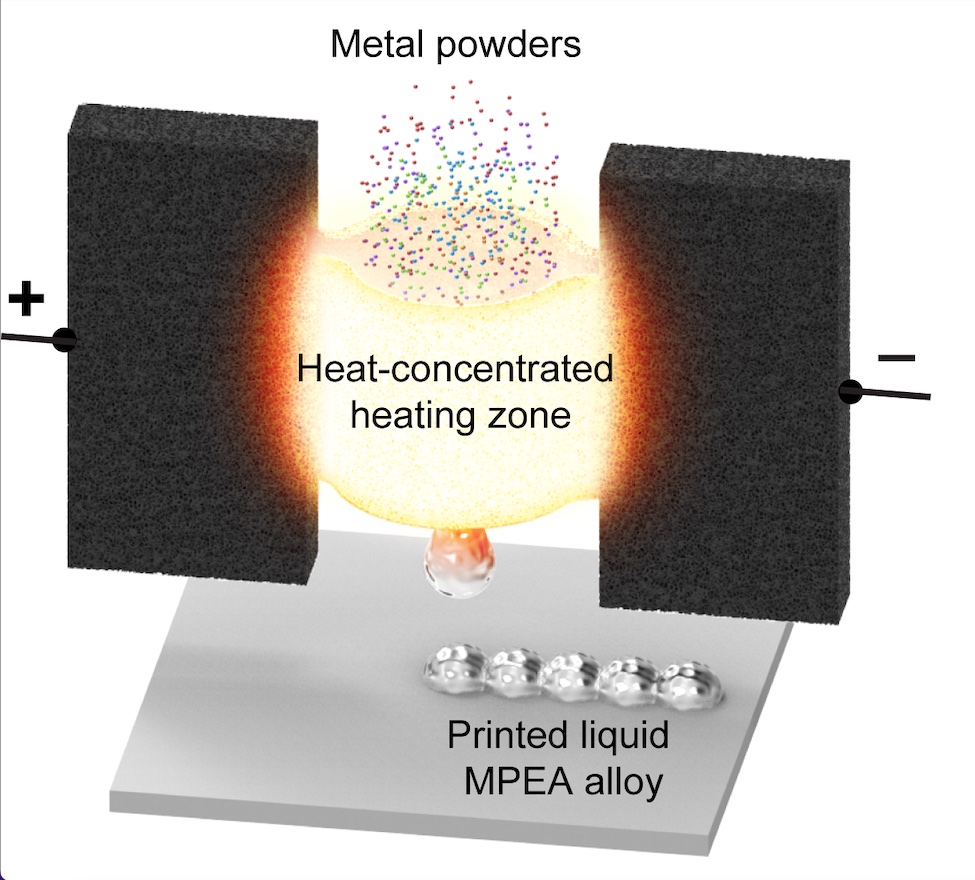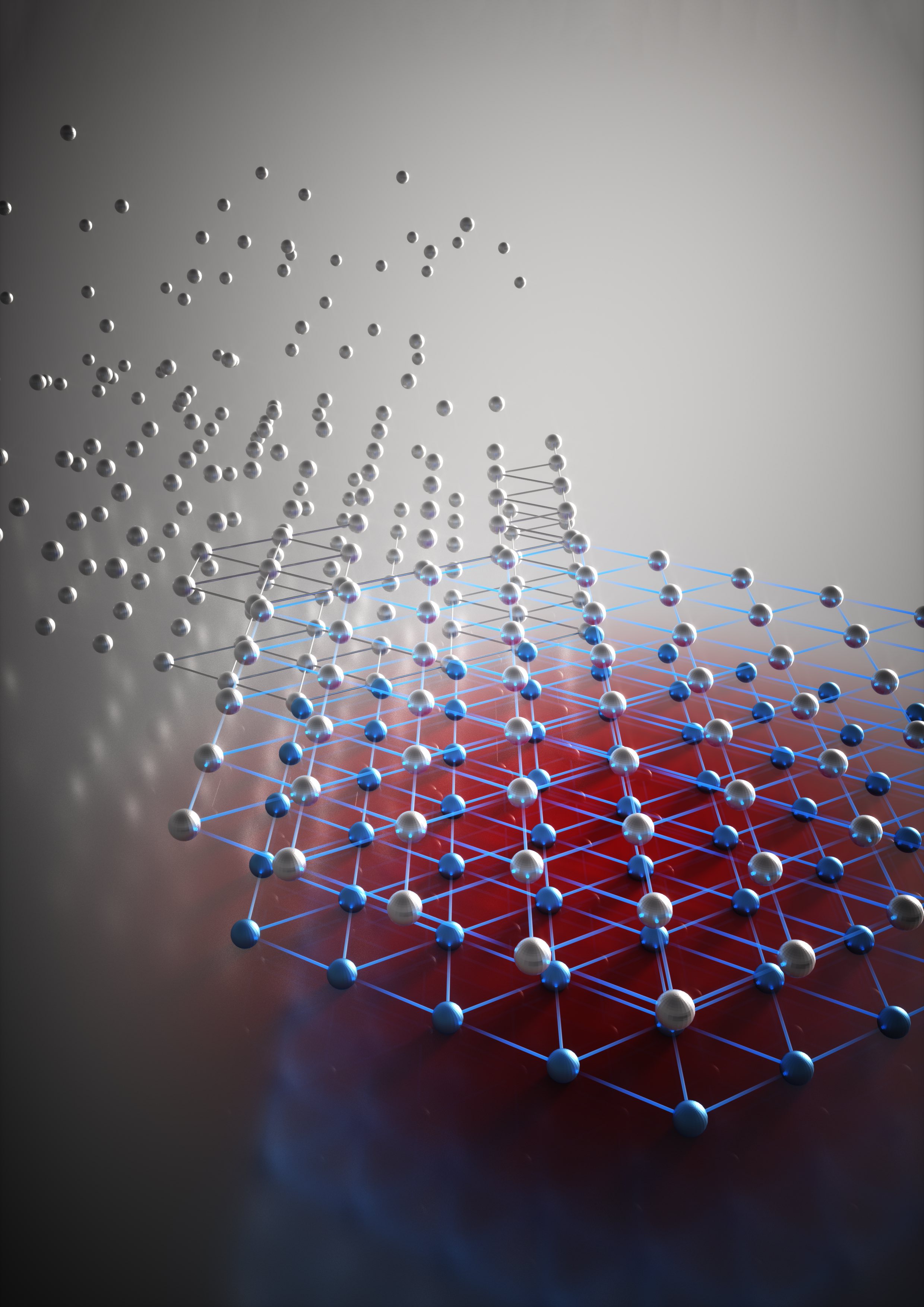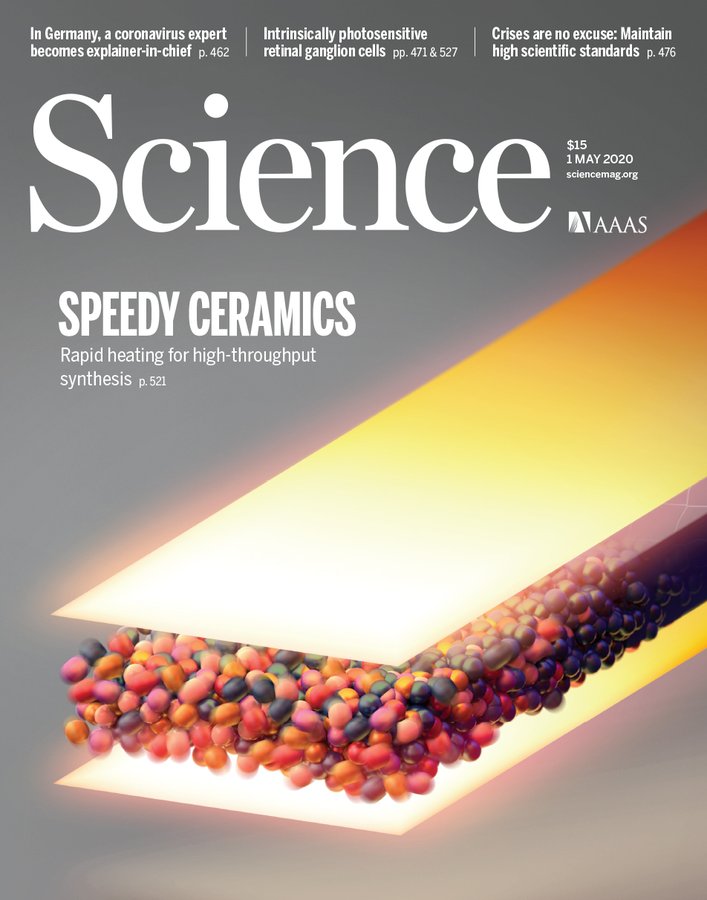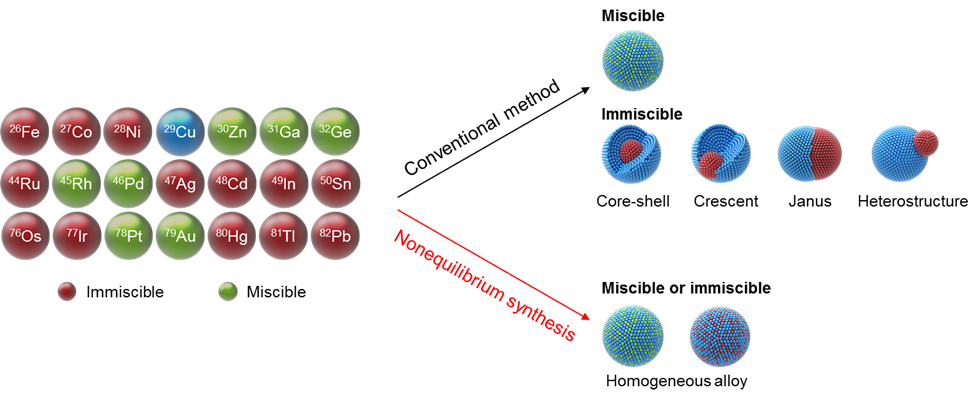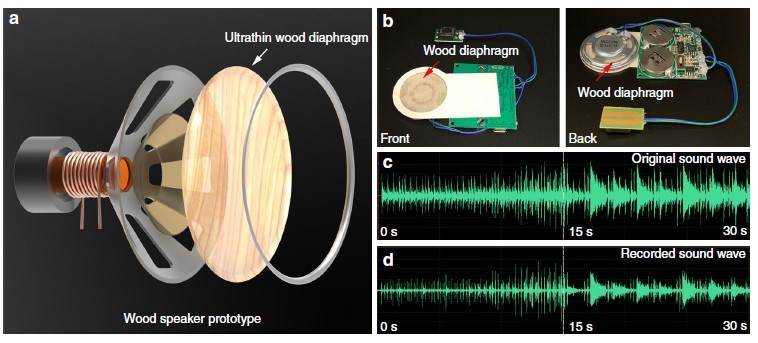News Story
Micro-reactor Produces Quality Nanoparticles
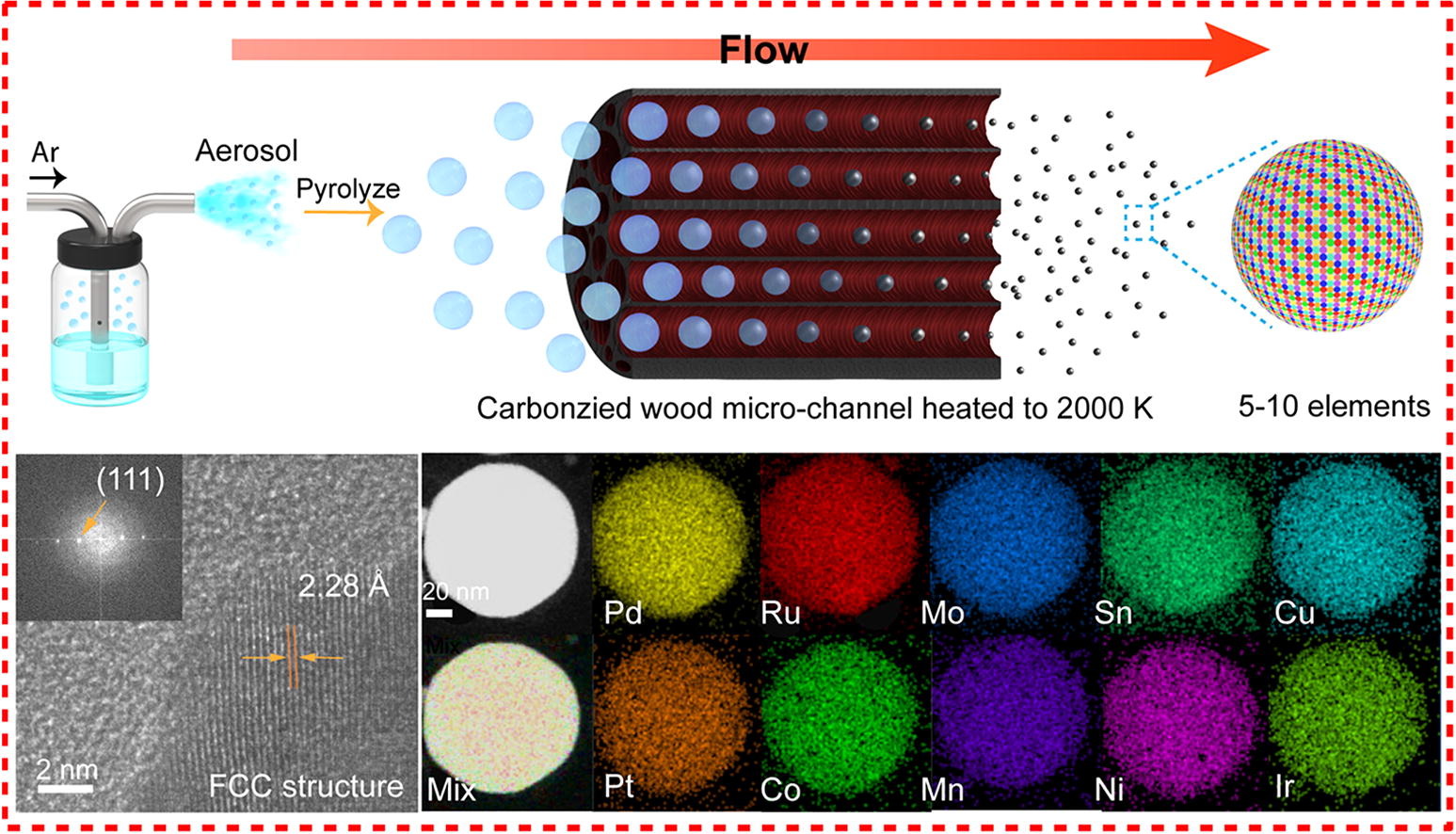
Large-scale manufacturing of nanoparticles is vital for many applications but maintaining uniform quality is difficult. Now researchers have developed a ‘droplet-to-particle’ technique with the potential to produce uniform alloy/oxide nanoparticles.
“The rapid and scalable manufacturing of nanomaterials is critical to enable their wide applications but still remains as a challenge,” said Xizheng Wang [a Ph.D. student at the University of Maryland and first author on the study].
Spraying an aerosol of the nanoparticle ingredients into a high-temperature furnace is a very efficient means of producing large amounts of nanomaterials continuously. But the furnaces used in aerosol spray pyrolysis typically only reach temperatures of around 1500 K, limiting the types of nanoparticle that can be produced and the quality. So Wang and coworkers at the Universities of Maryland, Illinois at Chicago, and California Riverside replaced the tube furnace with a micro-channel reactor, formed from charred balsa wood, which possesses natural channels on the scale of 200 µm.
The first stage of the process sees precursor materials aerosolized into droplets of a few microns, which are then propelled through the micro-reactor channels in a stream of argon. When an electric current is applied to the reactor, droplets inside the channels are instantaneously heated to high temperatures (2000 K), ensuring that all the ingredients are thoroughly melted and mixed before the nanoparticles form, guaranteeing much greater uniformity. The confined dimensions of the reactor channels, meanwhile, keep the nanoparticles small and prevent agglomeration into larger clusters.
“The high temperature drives the decomposition of the metal salt precursors and the formation of nanoparticles with a uniform solid-solution phase,” said Wang.
The team synthesized multi-element metal alloy and oxide particles, which typically demand harsh conditions, using the droplet-to-particle aerosol spray pyrolysis approach. As a proof-of-concept, PdRuFeNiCuIr and CoNiPdRuIr nanoparticles were synthesized, as well as ZnMnCuCoNiOx, but many other types of even more complex multi-component materials could be produced in this way.
“The synthesis approach features uniform and high-efficient heating with record high temperatures, short residence time (tens of milliseconds), and scalability,” said Wang. “A wide variety of nanomaterials can be synthesized via the carbonized balsa wood reactor so long as the precursors can be atomized into droplets.”
Other types of wood, such as poplar, which has smaller intrinsic micro-channels, as well as 3D printed carbon frameworks, with pre-engineered specific reactor channel dimensions, could be used to produce nanoparticles of different types and dimensions. The technique is also low cost, low emission, and produces little waste, point out the researchers.
“This droplet-to-particle method allows products to be collected continuously, which demonstrates the potential for large-scale high-temperature nanomaterial manufacturing,” [said] Wang.
The technology is now being commercialized by a startup company, HighT Tech, co-founded by Liangbing Hu, [a professor in the Department of Materials Science and Engineering at UMD].
For additional information:
Wang et al., Materials Today (2019), https://doi.org/10.1016/j.mattod.2019.11.004
Written by Cordelia Sealy
*Reprinted with permission from Materials Today.
https://www.materialstoday.com/nanomaterials/news/micro-reactor-produces-quality-nanoparticles/
Published April 2, 2020
